Every April, Dubai transforms into a living canvas of artistic expression and cultural exchange. Creators, collectors, and curious minds gather to witness ideas in motion. Art lovers don’t just observe—they engage, question, and interpret across mediums and meanings. Art Dubai at Madinat Jumeirah sets the stage for these interactions with unmatched scale and style. This isn’t just an art fair; it’s an invitation to explore perspectives from every corner of the world.
THE FAIR WHERE ART REFUSES TO BE QUIET
Spread across the luxurious Madinat Jumeirah complex, the fair features over 100 galleries from more than 40 countries. Yet numbers do not tell the whole story—what matters is the tension, the dialogues, the collisions. The Contemporary section, for example, refuses polish. It celebrates friction, uncertainty, political urgency. You won’t find safe art here. Even the brushstrokes feel impatient.
Meanwhile, the Modern section offers a necessary kind of pause. Here, history speaks with a hoarse but dignified voice. Artists from the Global South, long overlooked, take center stage—not for nostalgia, but for re-evaluation. This isn’t about honoring the past. It’s about disturbing the narrative that erased it.
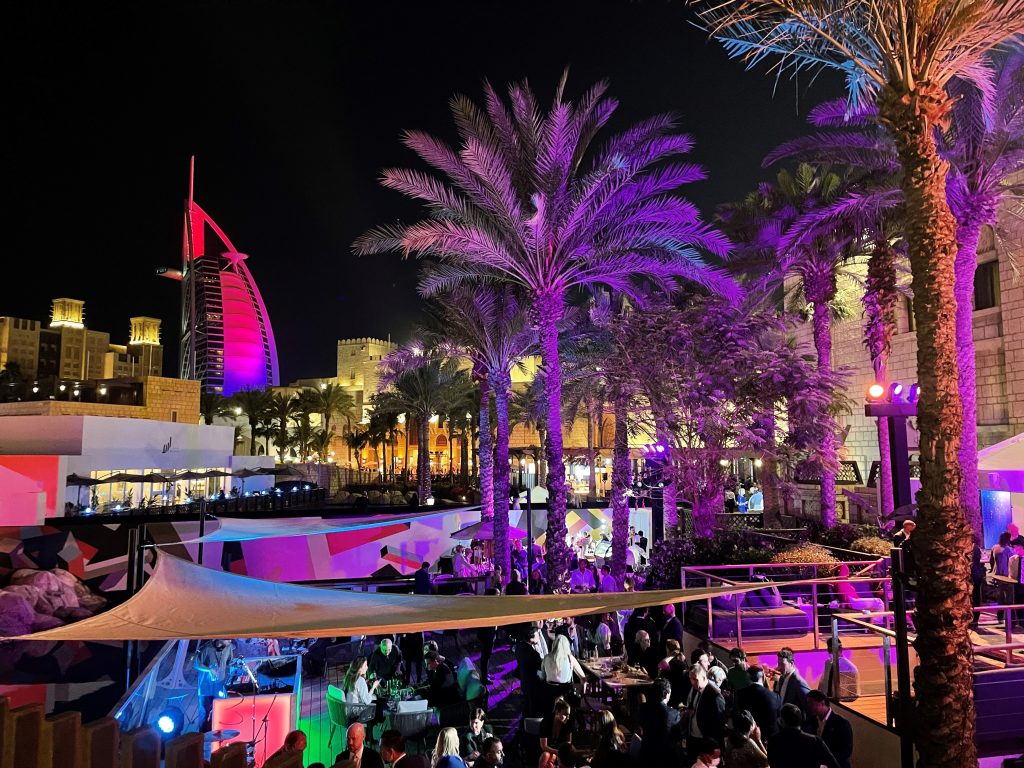
A GATEWAY TO THE UNFAMILIAR
Bawwaba, meaning “gateway” in Arabic, focuses on works either created recently or commissioned specifically for this fair. Emerging voices from Asia, Africa, and Latin America bring experimental forms that may baffle traditional collectors. But that’s part of the fair’s charm—it asks viewers to stay uncomfortable, to lean into the unfamiliar.
Art Dubai Digital, however, feels like a fair within the fair. Screens flicker with NFTs, VR, AI-generated sculpture. Yet there’s no breathless optimism here—only questions. Is technology redefining art, or just mimicking it louder? This section doesn’t answer. It provokes. Visitors don’t walk through it so much as get pulled inside it.
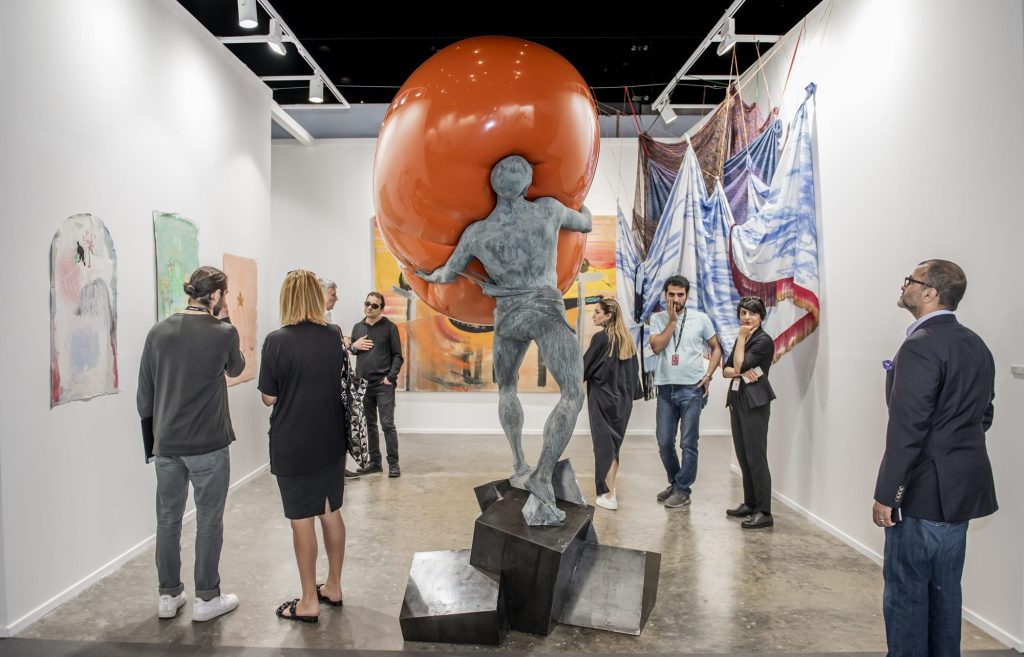
ARTISTIC CONVERSATIONS BEYOND THE CANVAS
Beyond exhibitions, the fair is packed with programs that stretch the very notion of art. The Global Art Forum brings architects, poets, philosophers, and economists into the same room—and makes them talk. Panels shift topics without warning. One moment you’re hearing about desert ecologies, the next, data capitalism.
Campus Art Dubai, now in its twelfth cycle, continues nurturing regional artists with global reach. Meanwhile, younger audiences aren’t forgotten. Children’s workshops run parallel to high-concept discussions. Art Dubai, for all its exclusivity, still remembers to democratize curiosity.
Then there’s the commissioned work—this year, Mohammed Kazem’s “Directions (Merging)” takes the spotlight. His installation will not be passive. It will confront. It will leave residue. Kazem, known for blurring personal experience with spatial theory, uses this work to question territory—both literal and imagined.
LUXURY, NIGHTFALL, AND THE CITY ITSELF
Luxury brands once again hover at the fair’s edges, though some dive deeper. Collaborations with Piaget and other houses merge aesthetics across disciplines. While many seek credibility through culture, a few manage to earn it—subtly, stylishly, and on the art’s terms, not commerce’s.
After dark, the fair shifts tone. Music seeps in, drinks replace dialogue, installations feel alive in a new way. Art no longer sits politely on walls—it spills, pulses, dances. These late hours aren’t marketing gimmicks. They’re a different lens, where spontaneity becomes part of the exhibit.
Dubai itself plays co-curator. The fair doesn’t float above the city; it threads through it. Institutions like Alserkal Avenue and Jameel Arts Centre extend the fair’s reach far beyond its venue. Art conversations continue in rooftop bars, desert pop-ups, and half-finished high-rises.
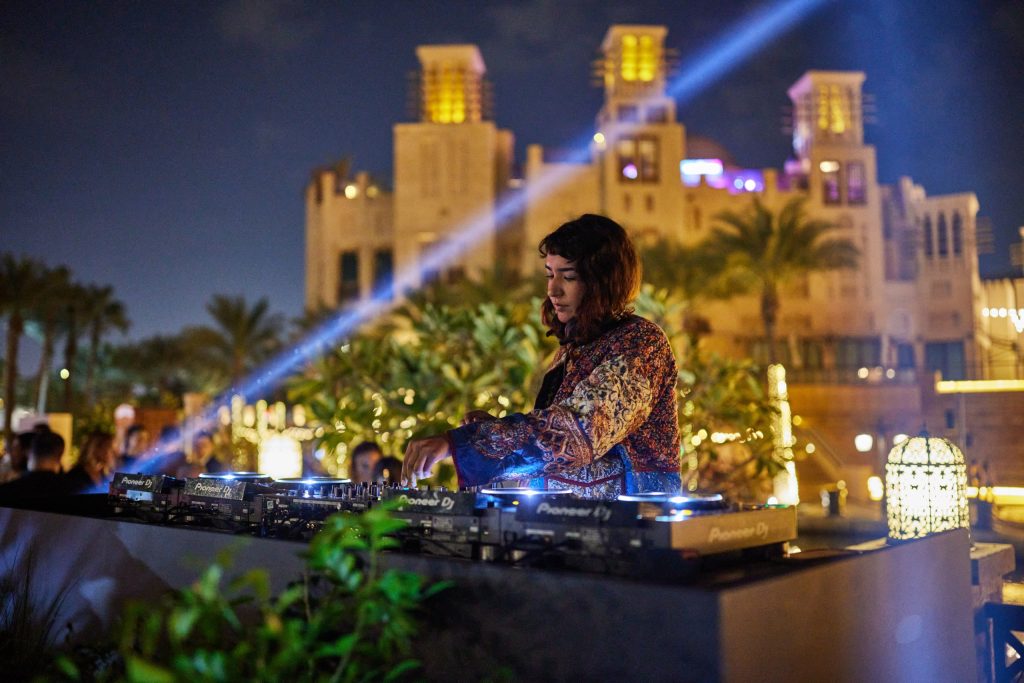
TICKETS, ACCESS, AND WHO REALLY GETS IN
Not everyone enters through invitation. Regular visitors, students, and families can all join—if they book in time. General admission tickets start from AED 100, while guided tour options cost slightly more. Meanwhile, early-bird offers run until mid-March, quietly rewarding the curious few who plan ahead.
VIP passes unlock preview access, private lounges, and tailored experiences. They aren’t just tickets—they’re passports into another layer of the fair. However, those planning last-minute may find them gone, snapped up by collectors or curators weeks in advance.
Tickets are digital this year, with timed entries and contactless scanning throughout the venue. While spontaneous attendance is romantic, booking ahead avoids disappointment, especially on weekend dates. Children under 12 attend free, yet must register. Accessibility and inclusivity are gently but clearly woven into logistics.
Every year, people try to define what Art Dubai is. And every year, it resists them. It’s not just a marketplace, although collectors leave with fewer hesitations than they arrived with, it’s not just a showcase, though many artists gain global traction from it. It’s something else. Something unsettled.
Art Dubai 2025 is neither safe nor seamless. That’s its power. It doesn’t want your admiration—it wants your full attention. And perhaps, after you leave, it wants to haunt your thoughts, just a little longer than you expected.
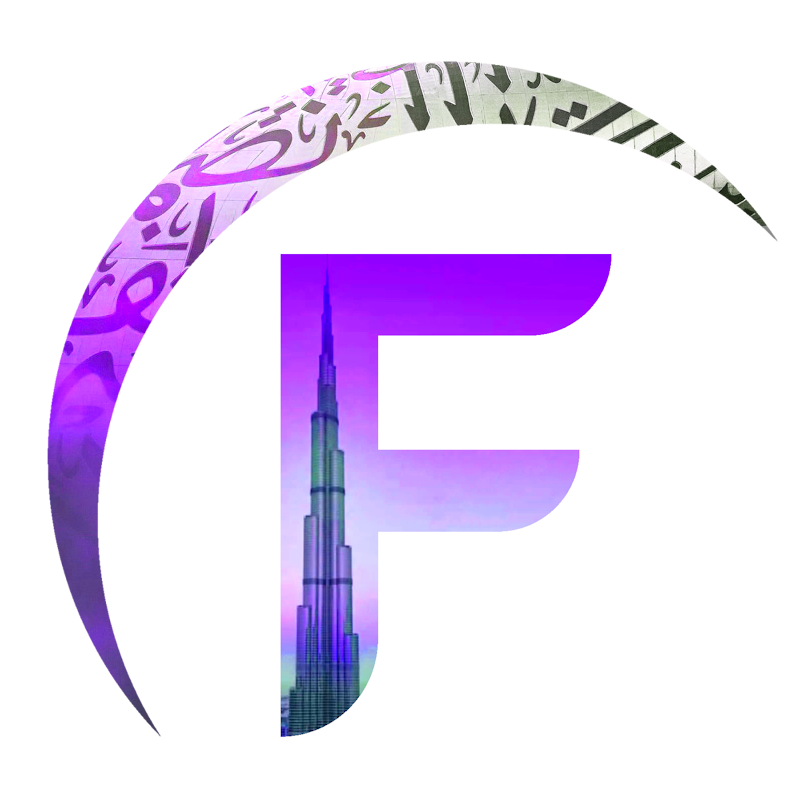
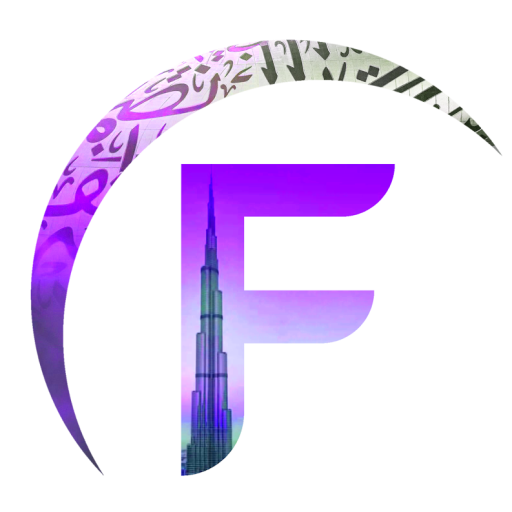
 then "Add to Home Screen"
then "Add to Home Screen"